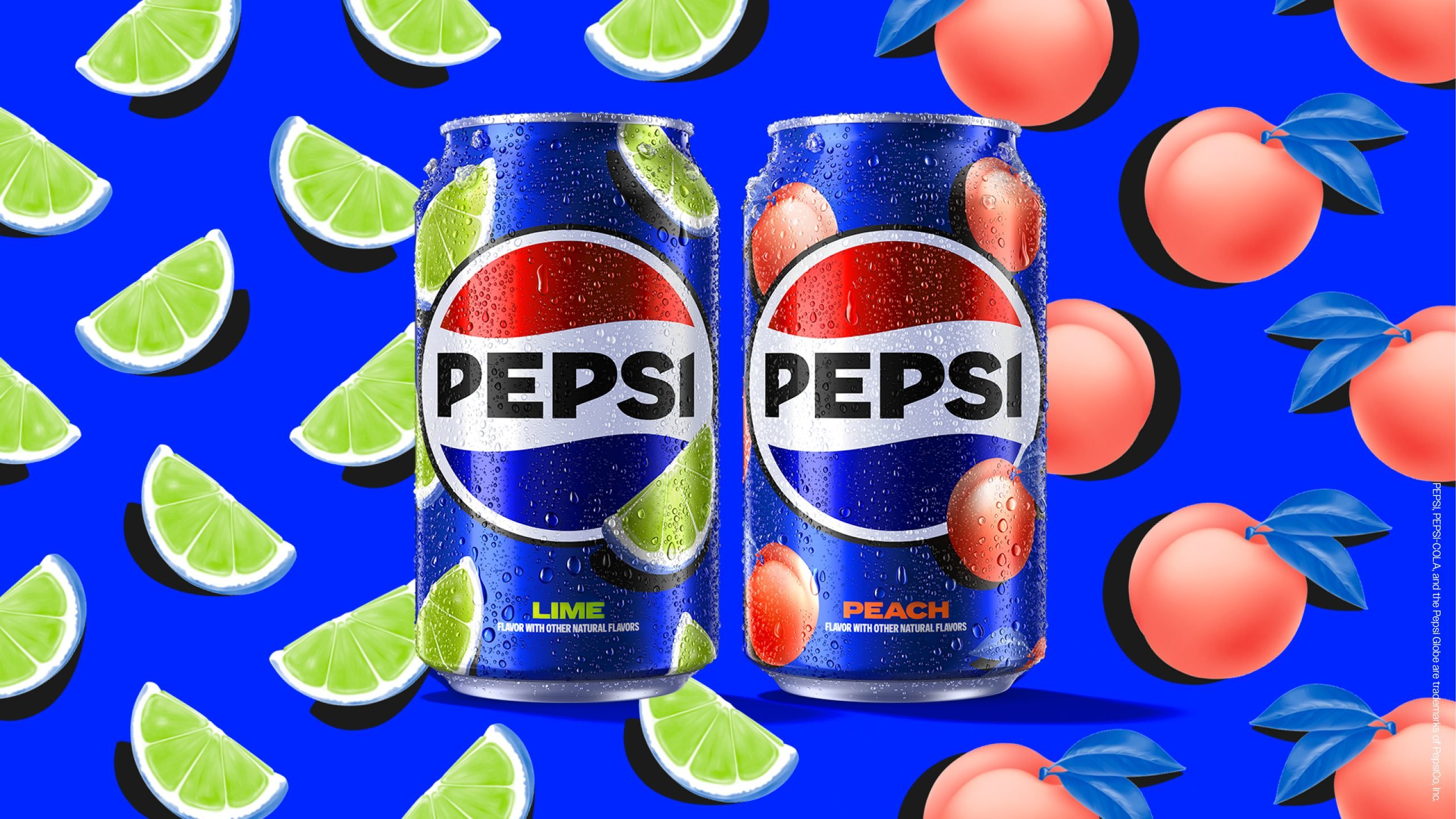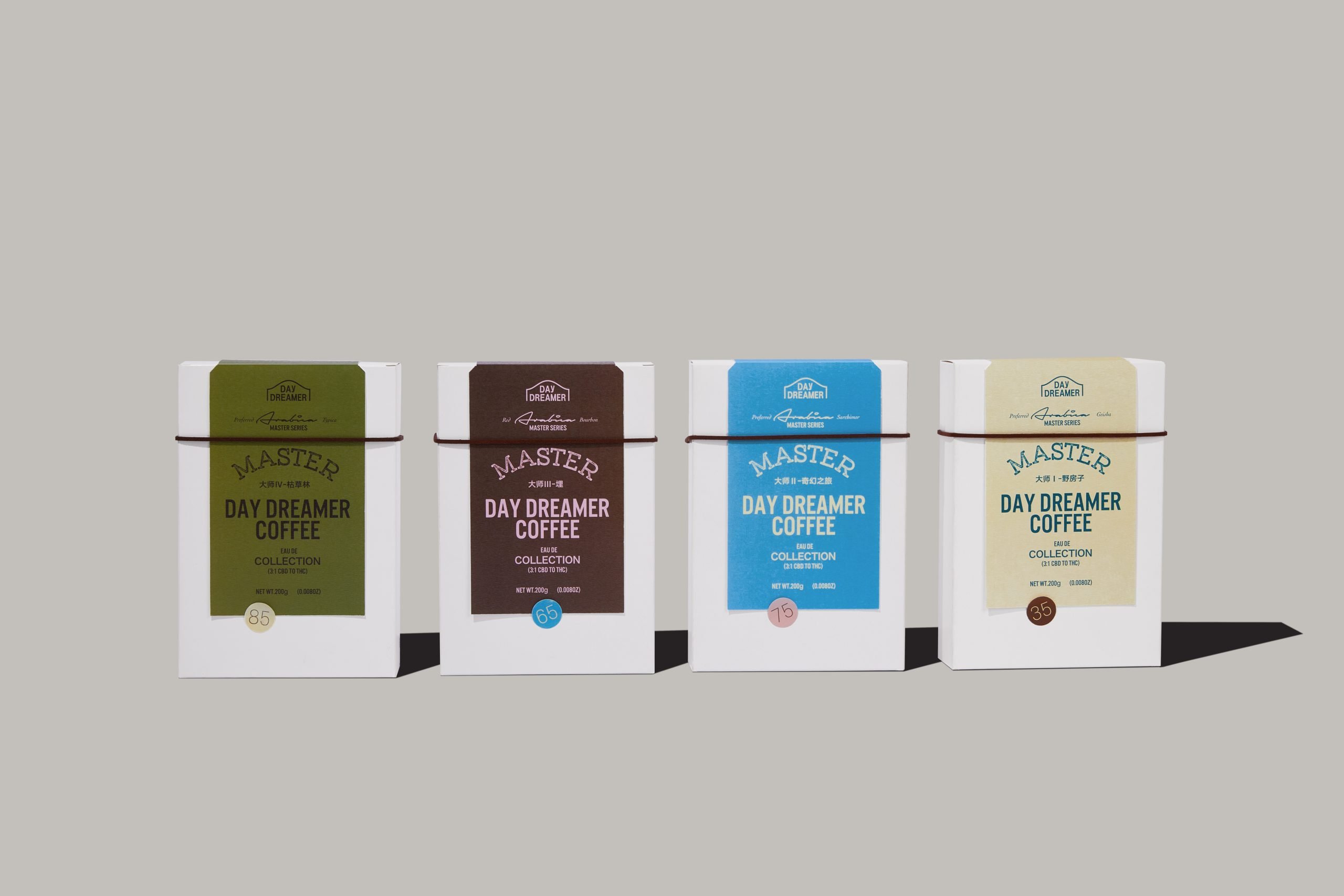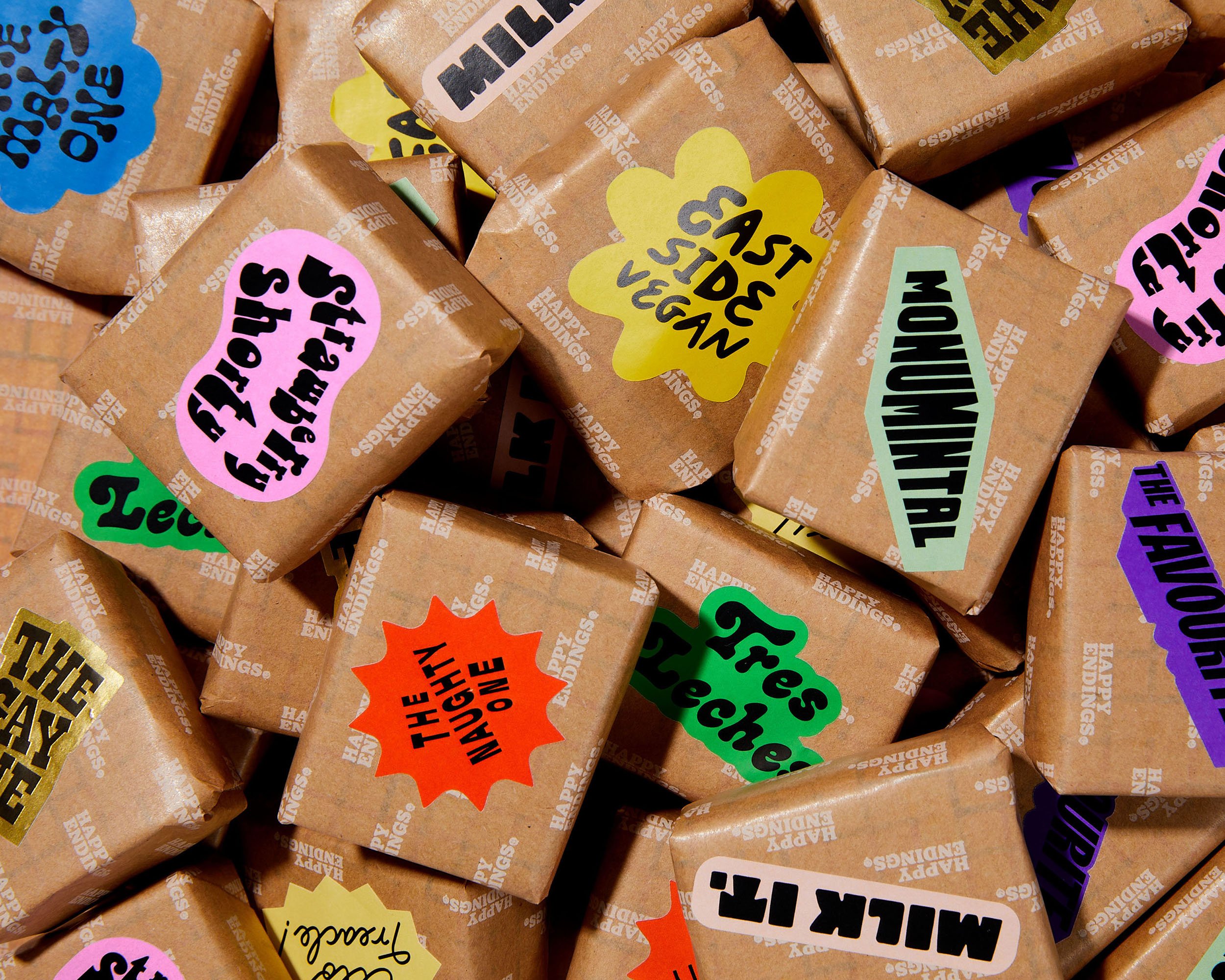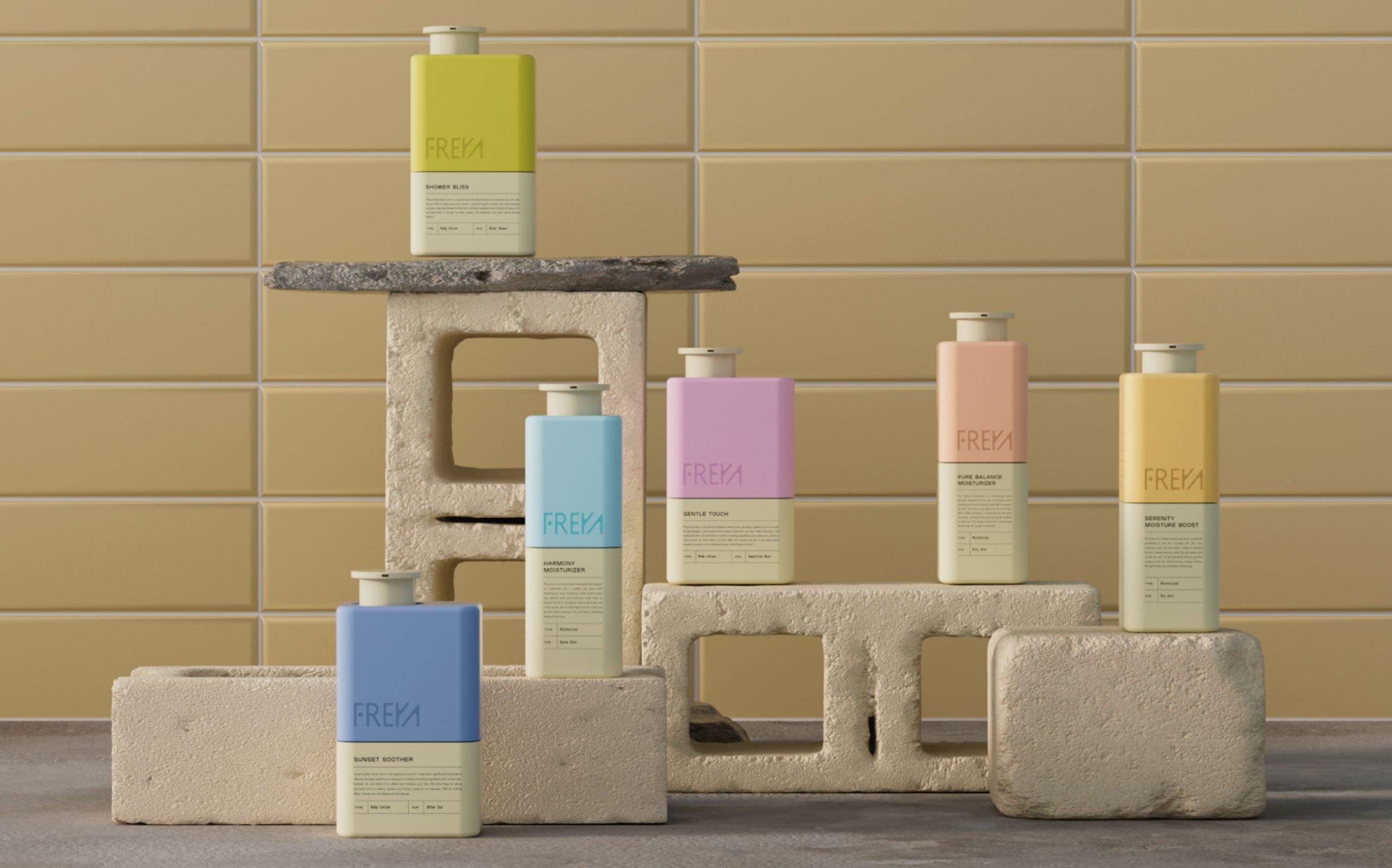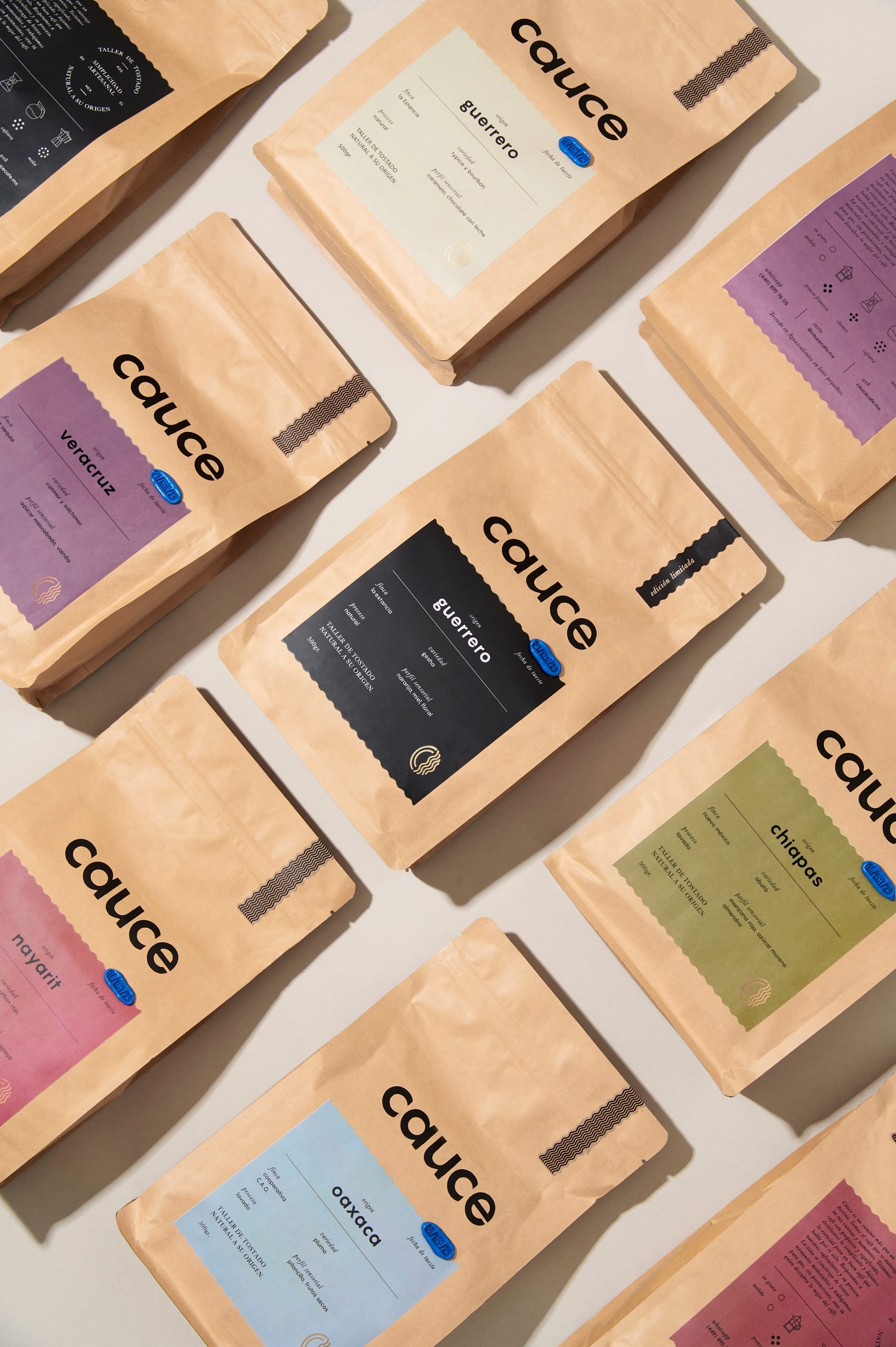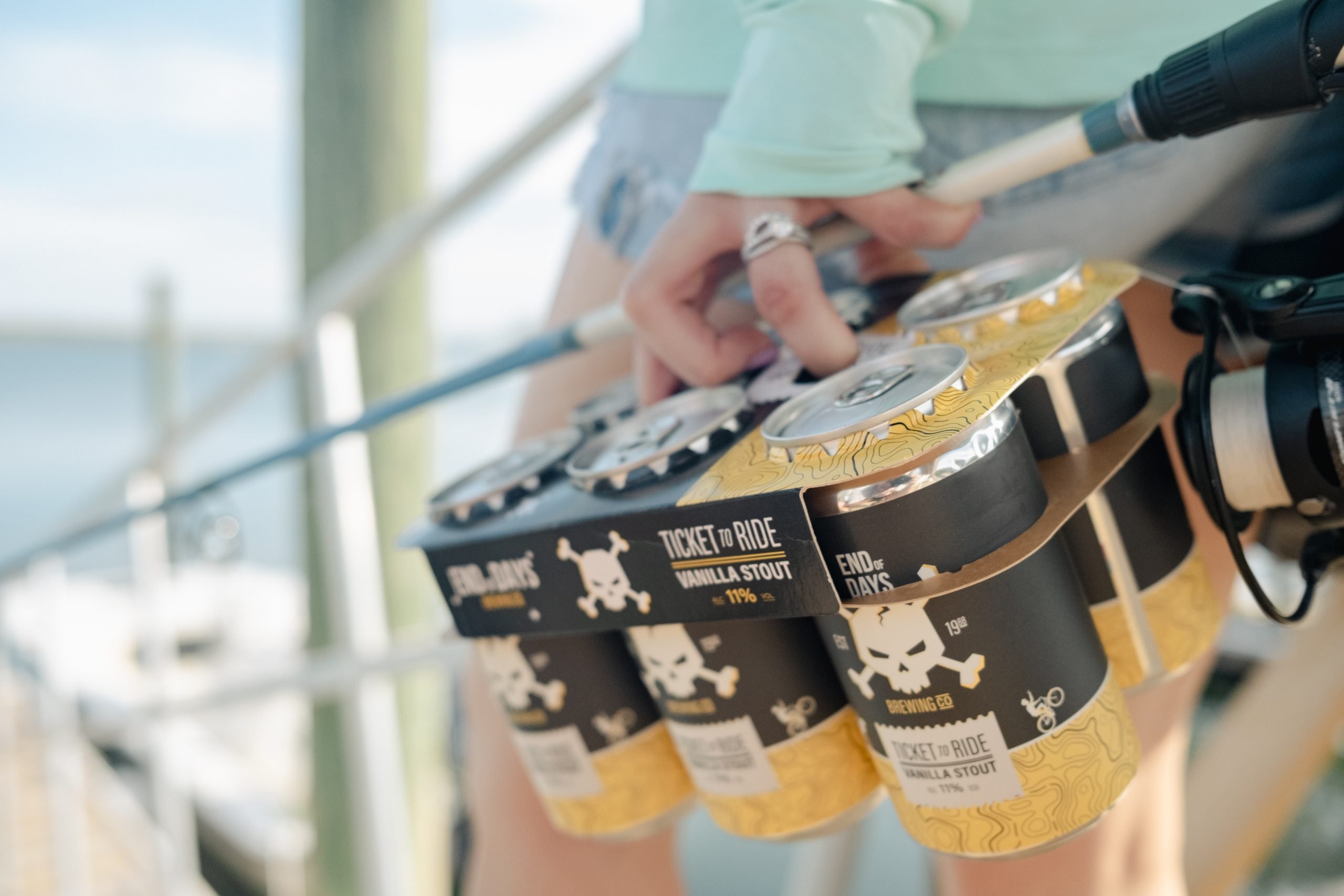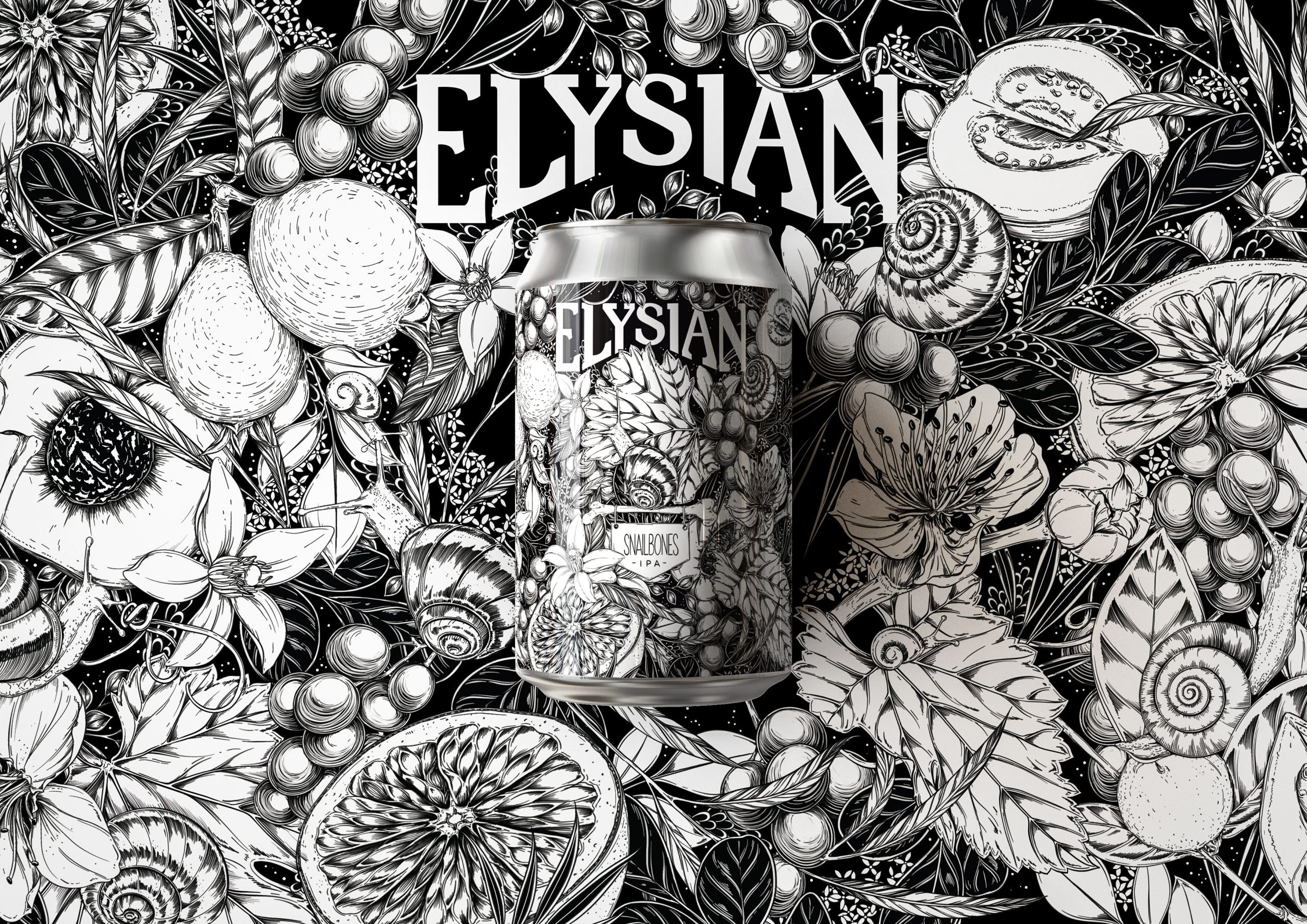Words can be a tricky thing, with nuanced differences depending on context. Plastic, for example, can be described scientifically and colloquially as âtoxic,â but that doesnât necessarily mean itâs legally considered as such.
Unless, of course, one is in Canada, where the government has recently classified plastic as legally toxic. The change in classification is part of Canadaâs Environmental Protection Act (CEPA), making it easier for the government to enact a series of proposals that address the growing plastic pollution crisis.
One new approach now made possible with the change includes bans on certain types of single-use plastics, such as plastic shopping bags, straws, cutlery, cigarette filters, and food wrappers. The proposal lays out management criteria for prohibiting these single-use plastic items based on how environmentally and value-recovery problematic they are.
